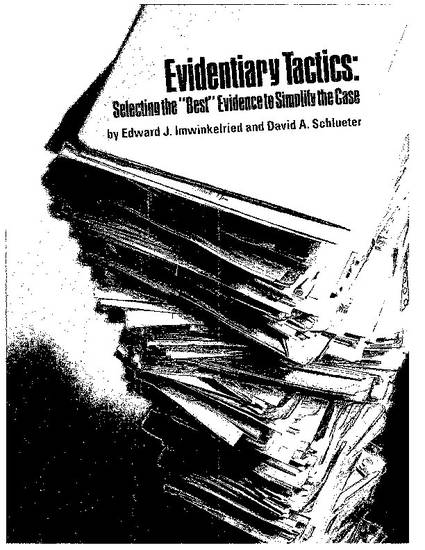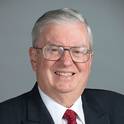
In the early 1990s, the American Bar Association Special Committee on Jury Comprehension released the results of surveys of jurors. These jurors had participated in complex federal and state cases. The researchers asked the jurors what complaints they had against the attorneys who had tried the cases. By a wide margin, the primary complaint was that the litigators went overboard and swamped the jury with information, particularly an excessive number of exhibits.
At trial, the attorney must exorcise the demons of complexity and confusion. There are strategies and tactics that should be employed to reduce cases to manageable portions that the jury can easily digest. For example, the attorney can trim the size of his or her case by relying on a single theory of the case at trial. Counsel must also be discriminating regarding the witnesses and documents relevant to the theory. Finally, counsel should be similarly discriminating regarding evidence, and only select the “best” items of evidence in order to achieve simplicity at trial.
Selectivity is so critical in a complex case that litigators cannot afford to rely purely on rote or intuition to choose the items of trial evidence. The only truth the jury knows is the story told by our evidence, and we owe it to our clients to ensure that we select the best evidence to tell the simplest, most compelling story.
